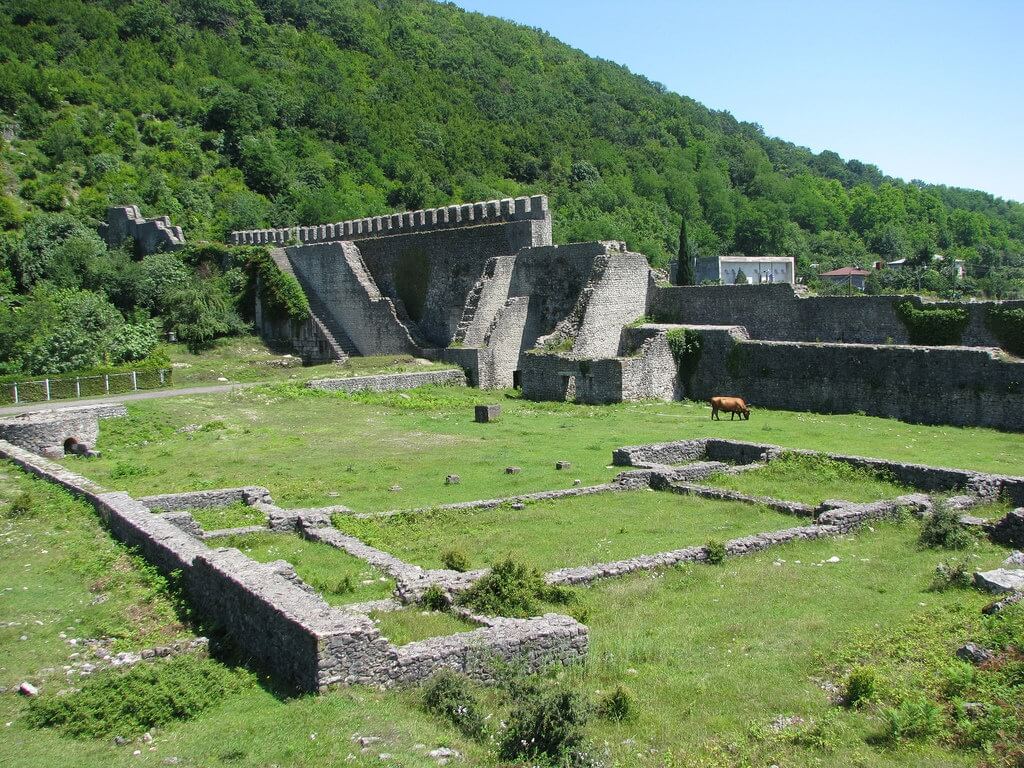SIGHTSEEING

NOKALAKEVI
The city was built in the III century BC at the behest of Prince Egrisi - Svaneti Cuji, and occupied 15 hectares. The original name of the city was Tsihegodzhi, and later called by the Greek name - "Arheopolis." In the IV century AD, "Tsihegodzhi" became the capital of the Kingdom of Egrisi. Byzantine historian Procopius of Caesarea (VI century) wrote "Arheopolis was the first and the largest city in the country of Laz."
In 551 AD, the Persian commander, Mermer, tried to capture the city, but to no avail.
In 730 AD, the city was destroyed by Murvan Ibn Muhammad. Subsequently, it was a typical small town with a fortress and church. In the XVI-XVIII centuries, Arheopolis was one of the residences of the rulers of Odishi - Prince Dadiani.
The City is a fortress that consists of three parts, a central part, located on the bank of the river; the Tekhura garrison on the slope; and the citadel on top of the mountain.
The eastern side of the city is surrounded by a triple wall. Two gates let into the city – a pathway and a river gate. In the lower area of the fortress the remains of the palaces of kings Egrisi (IV-VI century) are visible, a three-aisled basilica, tower gate and two baths. The King’s baths worked on central heating system, which is a capital structure of intricate composition. Also are found tombs of IV-III centuries BC. Those buried in the tombs had the white coin of Colchis in their mouth.
- Details
- Imereti

